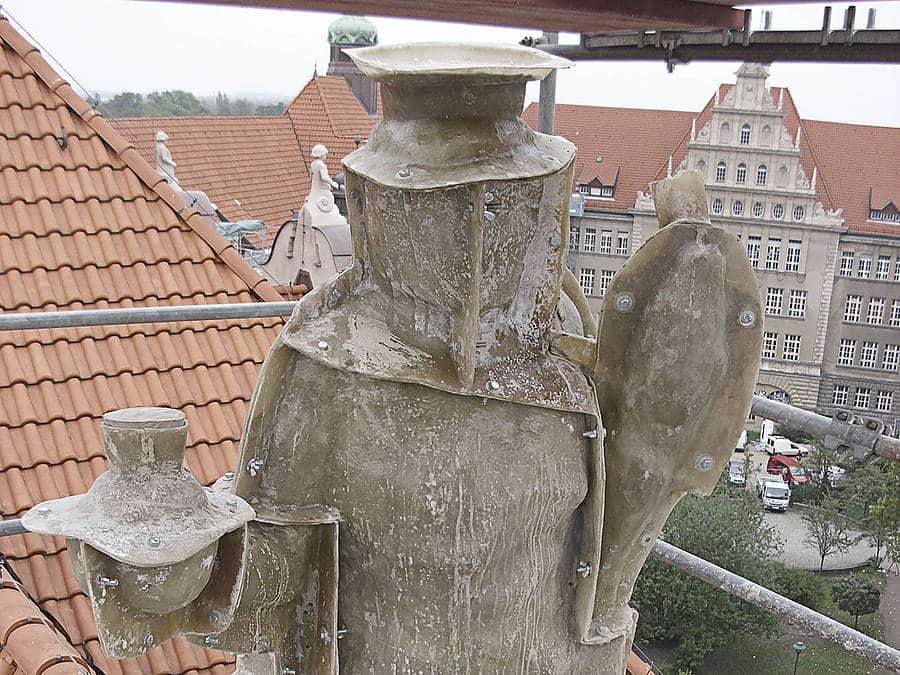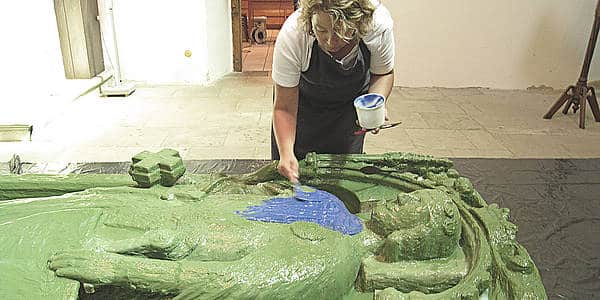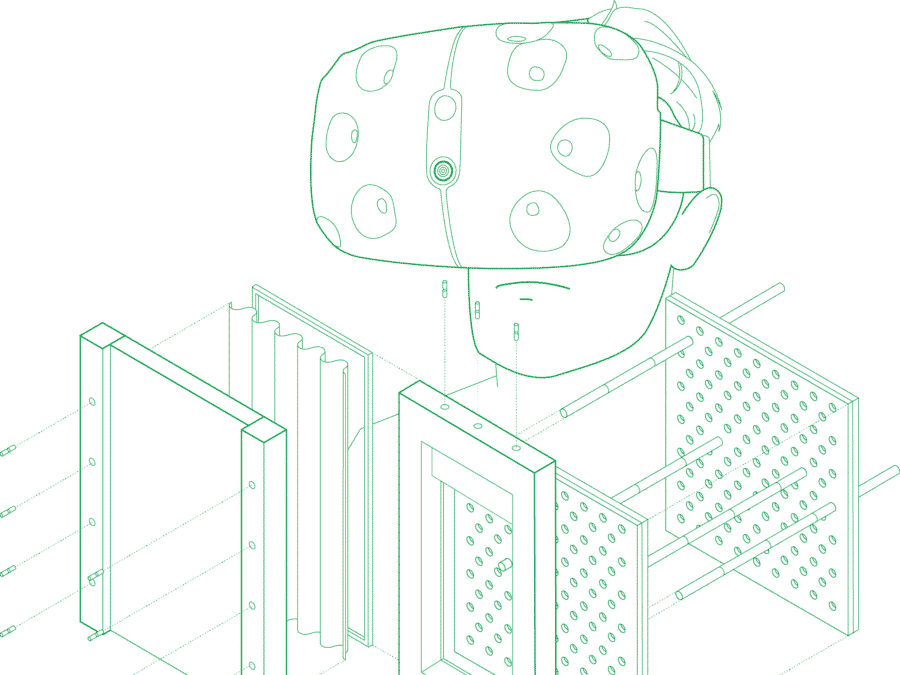
Stories
Precision meets efficiency
Balustrades, emblems, ornaments – when it comes to the decorative part of the project, costs will always increase. RECKLI provides elastomers which allow cost-effective castings but will still ensure the result’s accuracy.

The famous Amber Room and the pharaoh’s wife Nefertiti have one thing in common – both cultural possessions have connections to North Rhine-Westphalia. This is indeed a bold statement but there is some truth in it. Parts of the recreated Amber Room in Russia as well as the bust which is currently exhibited in the Neues Museum in Berlin came into existence with the help of RECKLI.
The moulding process is mostly used for historic restorations of aged buildings. The cost of stone masonry or stucco work would simply be too expensive whereas elastic moulds are able to recreate ornaments, emblems, columns or balusters in detail. Even modern age reliefs and stylistic re-creations can easily be manufactured. The impressions are so detailed that even stage designers, artisans and stucco plasterers make use of polyurethane, silicon and epoxide by RECKLI.

In general, there are two different products which come into question for the manufacturing of elastic moulds of models – Polyurethane-elastomers and silicon-elastomers. Both are rubber-like 2-component synthetics which harden at room temperature. Polyurethane-elastomers are suitable as moulds for cement-bound materials such as concrete, mortar and plaster. They are heat-resistant up to 65°C. Silicon-elastomers are able to withstand temperatures up to 200°C and can be easily applied to moist surfaces. Due to their internal structure, they are exceptional suitable for extreme filigree work.
Massive forms as well as closed mould forms can be manufactured by the use of these materials. If a model is only unilaterally textured it is useful to work with massive forms. The workload is less intensive as the elastomer can simply be poured onto the prepared model. After the hardening process is fully completed, it is possible to make numerous reproductions. However, the amount of required materials is higher than the amount that is used for closed moulds. Here, the material is thinly poured, spackled or brushed onto the model. Closed moulds are especially useful when it comes to complicated moulds and for work on large-volume objects.
By using the RECKLI elastomers everything is possible, from moulding a bell to shaping an elephant. Even for the manufacturing of a dinosaur, this imprint technique has already been used. For this project a slate-model of an ichthyosaurs was initially provided with a shutter formwork and brushed with a protective lacquer. In the following process the casting compound was applied. The result was a silicon mould on which the technicians applied color pigments which were later aggregated with the replica. Afterwards, the epoxy resin was poured over the model. In order to increase its resilience the model was imbedded with a glass fabric and subsequently reinforced with more resin. After the drying the replica was colored and polished.

